Recent birth control controversies have prompted fresh discussions around safety. In Canada and the US lawsuits were filed against the Mirena IUD, with women alleging they weren’t properly warned about dangerous side effects. The legal battles continue.
Meanwhile, a Danish study reported a link between hormone-based birth control and increased breast cancer risk. Decisions about contraception usually come down to convenience and reliability balanced against potential risks, including protection from sexually transmitted infections (STIs).
Here’s a brief guide to a range of contraceptives. Always consult with your GP before reaching a final decision.
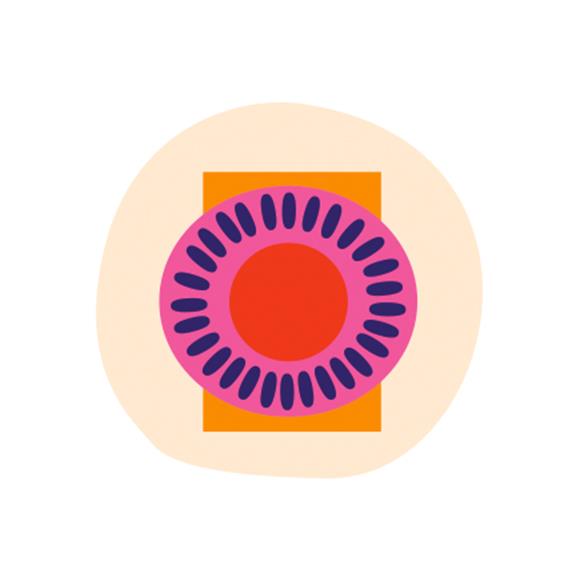
Combined oral contraceptive pill (OCP)
What is it? Hormones to stop ovulation.
Reliability: 95-99 per cent.
Advantages: Convenient. Regulates cycle. May improve acne and reduce period pain.
Disadvantages: No protection against STIs. May reduce libido. May cause depressed mood.
Risks and precautions: Increased risk of blood clots. Possible increased risk of breast cancer.
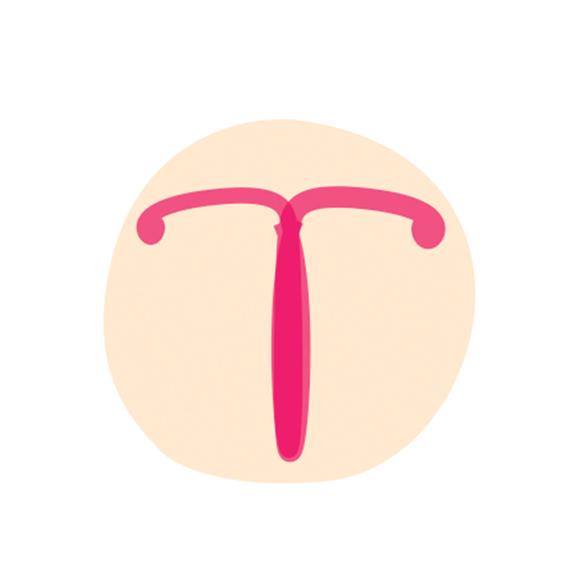
Mirena IUD
What is it? A plastic device containing progesterone.
Reliability: 99 per cent.
Advantages: Insert-and-forget convenience. Lasts five years. No need for daily pill. Lightens periods.
Disadvantages: No STI protection. Must be inserted by a doctor, occasionally under anaesthetic.
Risks and precautions: May cause irregular periods. Side effects may include headache, acne, weight gain, mood change and bloating.
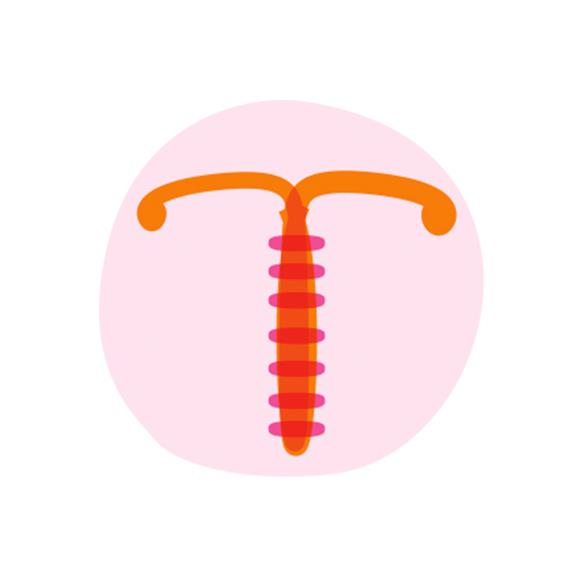
Copper intrauterine device
What is it? A plastic/copper device inserted into the uterus.
Reliability: 99 per cent.
Advantages: Hormone-free. Insert-and-forget convenience. Works for five or 10 years. Easily removed.
Disadvantages: No protection against STIs. Must be inserted by a doctor.
Risks and precautions: May increase period pain or heaviness of periods. Small risk of pelvic infection.
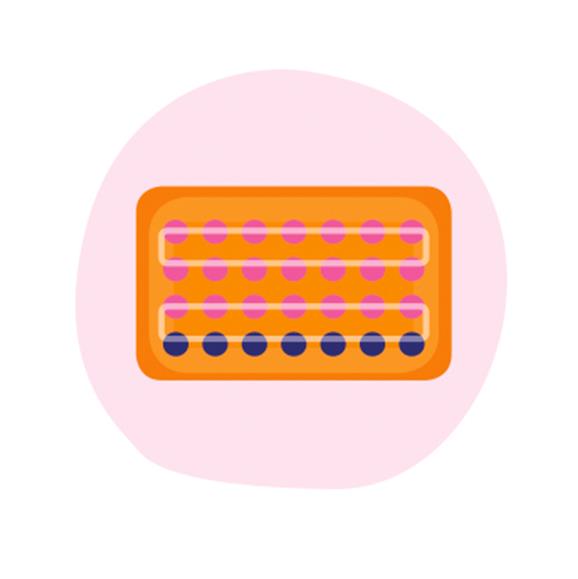
Progestogen only pill
What is it? An oral contraceptive pill.
Reliability: 91-99 per cent.
Advantages: Effective. May suit women who can’t take OCP.
Disadvantages: Must be taken at same time daily. No protection against STIs. Irregular periods.
Risks and precautions: May cause headache, acne, weight gain, mood change and bloating. May not work if you miss a pill.

Condoms
What is it? A rubber sheath over the penis before vaginal contact.
Reliability: 98 per cent if used correctly every time.
Advantages: Protects against STIs. No medication side effects. Easily available.
Disadvantages: May slip off or break.
Risks and precautions: Some people are allergic to latex (latex-free versions are available).

Withdrawal method
What is it? A sexual technique of removing the penis from the vagina before ejaculation.
Reliability: 73-96 per cent depending on technique.
Advantages: Free. Convenient. No medication side effects.
Disadvantages: No protection against STIs. Relies on excellent timing and control.
Risks and precautions: Higher risk of pregnancy than other methods.

Tubal ligation
What is it? Fallopian tubes which carry egg to the uterus are cut and tied.
Reliability: Almost 100 per cent.
Advantages: Permanent female contraception.
Disadvantages: No protection against STIs. May not be reversible if you change your mind.
Risks and precautions: Requires laparoscopic surgery. Future pregnancy may require surgery or IVF.
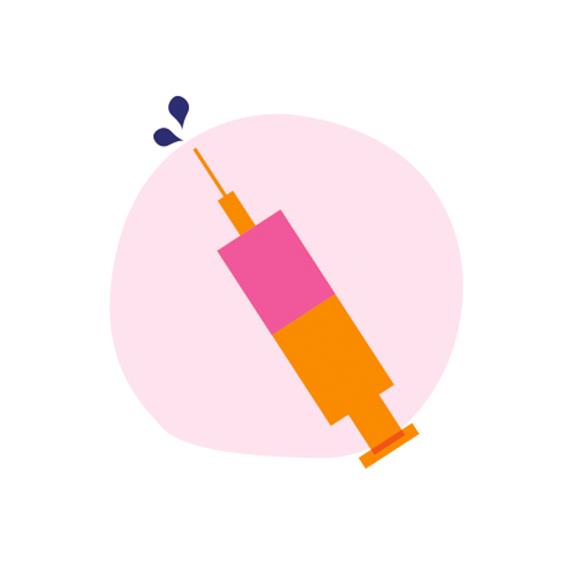
Depo Provera
What is it? Progesterone injection lasting 12 weeks.
Reliability: 94-99 per cent if renewed in time.
Advantages: Lasts three months.
Disadvantages: Can’t be removed if side effects. Must be repeated each three months. No protection from STIs. Periods and fertility may take months to return to normal.
Risks and precautions: Irregular bleeding common. Long-term use may reduce bone density.

Emergency contraceptive pill
What is it? Single dose of hormones ideally within 24 hours of (but up to 72 hours after) unprotected sex.
Reliability: 85 per cent.
Advantages: Available without prescription.
Disadvantages: Not for “regular” contraception. No protection from STIs.
Risks and precautions: Possible side effects are nausea and breast tenderness.

Vasectomy
What is it? A surgical procedure which cuts the tubes that carry sperm from the testes.
Reliability: 99.9 per cent.
Advantages: Permanent male contraception. Woman has no risk of side effects.
Disadvantages: No protection against STIs. May not be reversible if you change your mind. Consider storing sperm in case of a later change of mind.
Risks and precautions: Sperm count may take several months to drop to zero.

Jadelle implant
What is it? Plastic rod containing progesterone, surgically inserted into the upper arm. Lasts three years.
Reliability: Over 99 per cent.
Advantages: Insert-and-forget convenience. Relieves period pain.
Disadvantages: No STI protection. Must be removed in a clinic by a doctor or nurse. May get spotting.
Risks and precautions: pain and bruising at insertion site. Possible headaches, acne, weight gain and breast tenderness.

Ovulation method
What is it? Avoiding sex when you are likely to be fertile.
Reliability: 75-99 per cent depending on accuracy and commitment to monitoring.
Advantages: Avoids side effects of medication.
Disadvantages: Unreliable if cycle is irregular. Can be difficult to accurately predict ovulation. No STI protection.
Risks and precautions: Relies on close monitoring of cycle and predictable ovulation.
For further information talk to your GP or contact Family Planning New Zealand.


